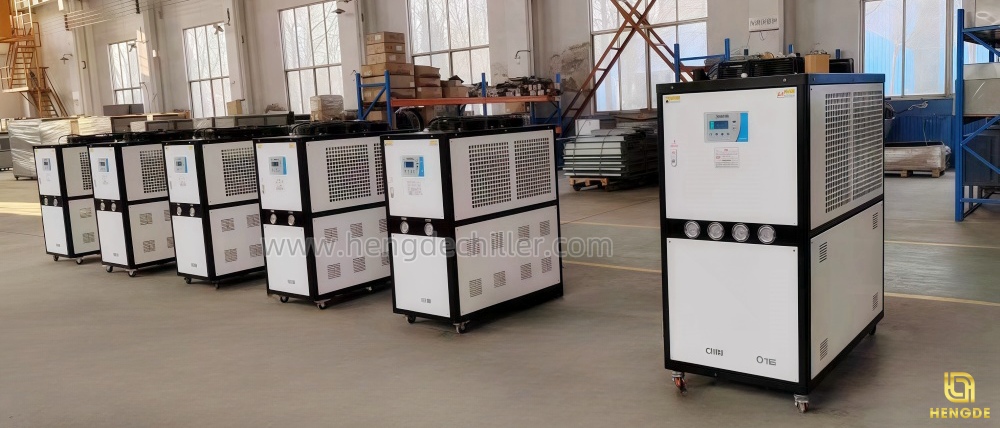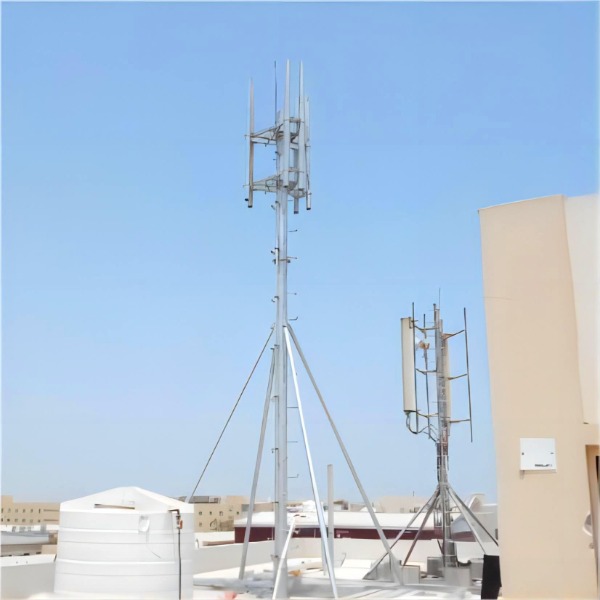In industrial production and many other fields, chillers play a crucial role. They can precisely control the temperature and ensure the stable operation of equipment. However, with a wide variety of chiller manufacturers in the market, how can you make the right choice?
1. Product Quality is the Core
A high quality industrial chiller should possess efficient cooling capacity, stable operation performance, and a long service life. This requires manufacturers to select high - quality components during the production process. Key components such as compressors, condensers, and evaporators directly affect the overall performance of the chiller. Checking whether the manufacturer has a complete quality inspection system, with every step from raw material receipt to finished product delivery being strictly controlled, is an important criterion for measuring product quality.
2. Rich Industry Experience is Crucial
A manufacturer with many years of industry experience is often more proficient in handling various complex cooling requirements. Through long - term practice, they have accumulated a large amount of technical data and practical cases, and can provide personalized solutions according to the special requirements of different customers. For example, in different industries such as electronic chip manufacturing, chemical reactions, and medical equipment cooling, they have targeted chiller design and application experience.
3. Strong Technical R & D Strength
With the continuous progress of science and technology, refrigeration technology is also constantly innovating. Manufacturers with a strong R & D team can keep up with industry trends and continuously introduce more energy - efficient, environmentally friendly, and intelligent chiller products. For instance, developing new refrigerant application technologies to improve cooling efficiency while reducing the impact on the environment; or adopting intelligent control systems to achieve functions such as remote monitoring and fault early warning, which is convenient for users to operate and maintain.
4. Complete After - sales Service System
The purchase of a industrial chiller is just the beginning. Subsequent maintenance and technical support are equally important. A responsible manufacturer will provide responsive after - sales service. When the equipment fails, professional technicians can be quickly dispatched for repair, reducing downtime and minimizing the losses of customers. At the same time, regular equipment inspections and maintenance guidance services are also provided to extend the service life of the equipment.

Hengde Company: A Trustworthy Chiller Manufacturer
Among numerous chiller manufacturers, Hengde Company stands out. Hengde Company has many years of experience in chiller R & D, production, and sales, and has established a good reputation in the industry.
1. Superior Product Quality:
Hengde Company strictly controls the production process and selects components from internationally renowned brands to ensure that each chiller can operate stably and efficiently. Its products have passed a number of international quality certifications and perform outstandingly in terms of cooling effect and stability.
2. Rich Industry Application Experience:
Hengde Company's chillers are widely used in multiple industries, such as laser processing, injection molding, and food processing. In response to the special needs of different industries, Hengde Company can provide customized solutions to meet the personalized requirements of customers. Such as die casting chiller, rubber processing chiller, marine chillers and etc.
3. Powerful Technical R & D Team:
Hengde Company attaches great importance to technological innovation and continuously increases R & D investment. It has a R & D team composed of senior refrigeration experts and technicians. They are committed to developing new refrigeration technologies and products to enhance the performance and competitiveness of products.
4. Complete After - sales Service:
Hengde Company has established a national after - sales service network to provide 24 - hour online support for customers. Whether it is equipment installation and debugging, operation training, or fault repair, Hengde Company's after - sales service team can respond quickly and provide customers with comprehensive service guarantees.

When choosing a chiller manufacturer, comprehensively considering factors such as product quality, industry experience, technical R & D strength, and after - sales service can help you make a wise choice. With its advantages in all aspects, Hengde Company is undoubtedly a reliable partner. If you are troubled by choosing a chiller manufacturer, you may as well learn about Hengde Company. I believe it will bring you a satisfactory answer.
Choose Hengde,Choose Perfect Industrial Chillers!





















